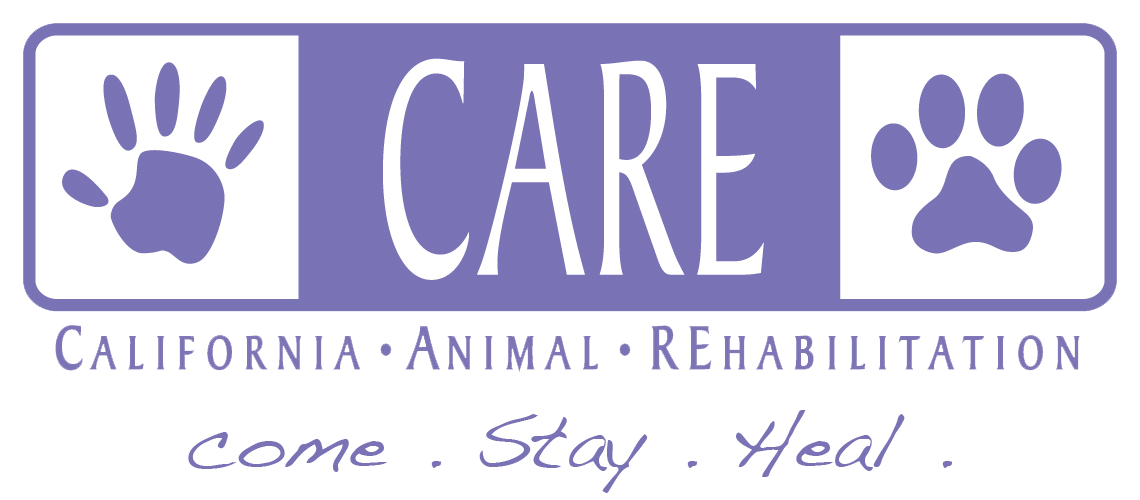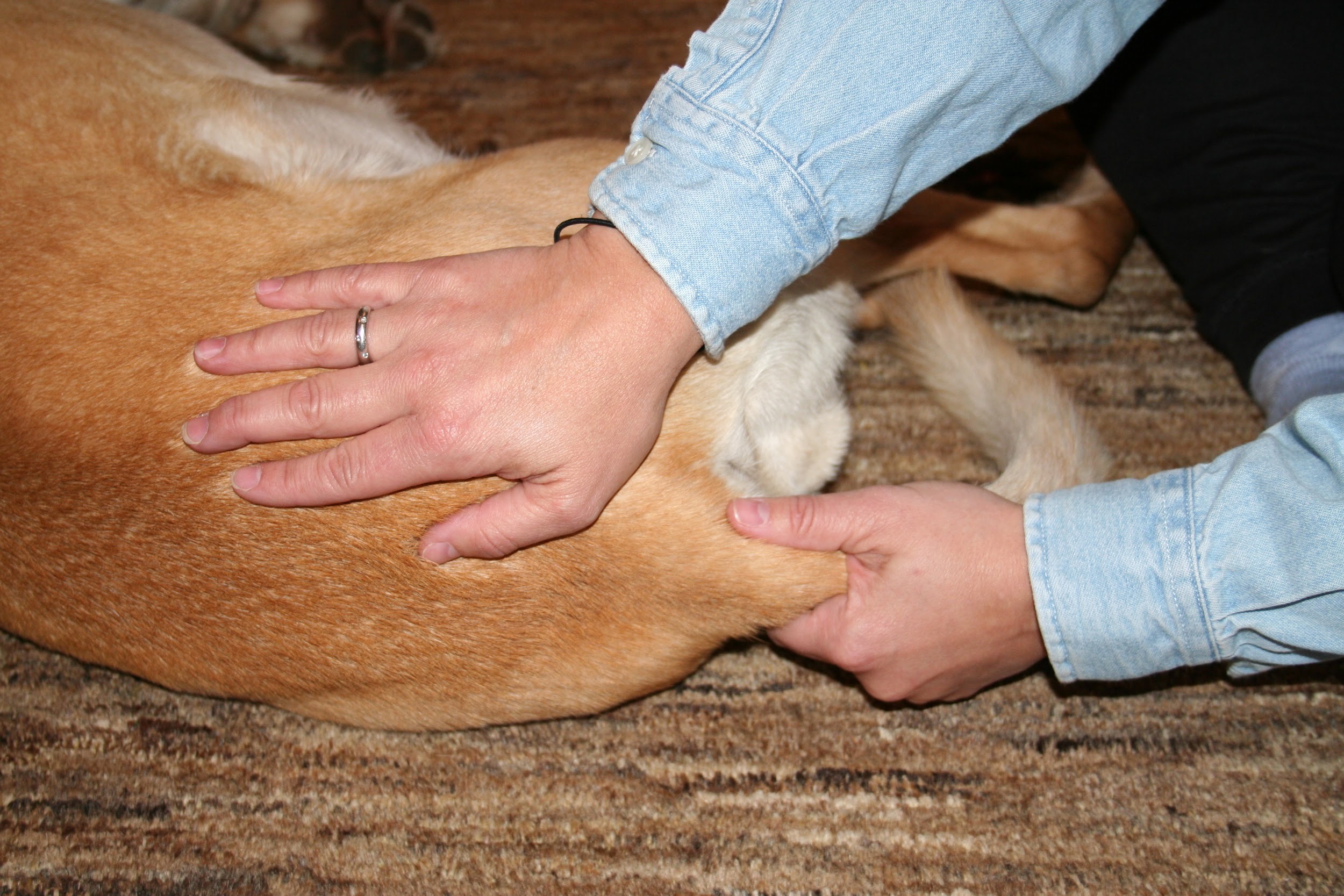Hip Dysplasia is an extremely common condition affecting many breeds of dogs. Often times when pets are bred to select for desirable traits, hip dysplasia has also been inadvertently selected. Hip Dysplasia is defined as “abnormal growth or development of the hip joint, usually bilaterally, resulting in laxity, malformation of the head and acetabulum, and eventually degenerative joint disease.” A puppy or young adult may be diagnosed with Hip Dysplasia, which may or may not have arthritic involvement as well. The laxity or too much movement in the hips could predispose the joint to arthritic changes later. Hip Dysplasia typically is progressive in nature, yet it need not be viewed as a devastating disease that will eventually limit your pet’s lifespan. Trends in veterinary medicine are now focusing on non-surgical intervention to help slow the progression of Hip Dysplasia and to amplify your pet’s quality of life through animal rehabilitation. This truly makes a huge difference.
Animal Rehabilitation is an emerging field that focuses on strengthening, stretching modalities, therapeutic exercises, body work, and an overall healthy outlook for pets with physical inadequacies. In the case of Hip Dysplasia, the pet’s hurt when their hips are extended (or the hind limbs are pulled back) and so during walking they either shorten the length of their stride of the hind limbs or change how they walk to decrease the pain, unfortunately stressing other parts of the body like the spine. As a result, the extensor muscles of the hip including groups like the gluteals and the hamstrings are weakened and become smaller from disuse. When these muscles lose size and strength the dog shifts more of the weight forward to the front limbs thus predisposing the front limbs to orthopedic problems and further weakening the strength of the muscles of the hind limbs.
To prevent this cycle from continuing, a multi-faceted approach must be taken. Ideally, your pet would see a veterinarian with a special interest and special training in rehabilitation to get a full evaluation and therapy plan including takehome exercises. If this is not available, it is possible to start some strength training at home on your own. A very important strengthening exercise for your pet is the “sit-to-stand” exercises where you ask you pet to sit for five seconds then stand for five seconds. This should be repeated in sets of five to ten as tolerated by your pet, gradually increasing the quantity and frequency. This exercise is similar to squats for humans so remember it can be tiring in the beginning and as strength builds, stamina will also. Another very important exercise to do at home is hill-walking. Walking uphill focuses on strengthening the extensors of the hip and your pet should be eased into this as well. A few minute sessions in the beginning may be all your pet feels comfortable doing. Walking downhill is very helpful because your pet’s hind limbs will go through a larger range of motion (more hip extension). This movement doubles as a range of motion exercise. Remember, days off are important and be cognizant of your pet’s tolerance during the exercises and after (especially the next morning getting up). Make sure to take things very slowly. Warm-ups and cool-downs are also important to prevent muscle strain. A five to ten minute flat walk should suffice.
It is important to decrease the total load on the hips and that means keeping your pet at a very lean body condition. The pet has achieved lean body condition, when the pets’ ribs on the sides are easily felt, and from the top view your pet should have a small and defined waist. At home, your pet should be limited in stair-walking because it causes them to extend the hip to an uncomfortable degree. Consider a ramp for the steps that go to the yard or to help your pet into the car. Soft padding for beds and good grips on the floor (mats, rugs, carpet, etc.) are also important, as slippery floors can cause falls and injury.
Finally, a high quality protein diet should be fed to your pet and supplements can be selectively used. A dog with Hip Dysplasia should not be given glucosamine or any chondroprotective (joint support) supplements unless there is evidence of degenerative changes (arthritis.) Remember to be discerning about the products used. Not all products are equal in terms of form of supplement in the ingredients, bioavailability (or how much is absorbed), or labeling. Just like in human medicine, this is not a tightly regulated area so you need to make informed decisions. Anti-inflammatory medications, anti-oxidants, immuneboosting supplements may be useful in adjunctive care but this would be best determined on a case by case basis.
Pets can make unbelievable progress once diagnosed with Hip Dysplasia so get started!





